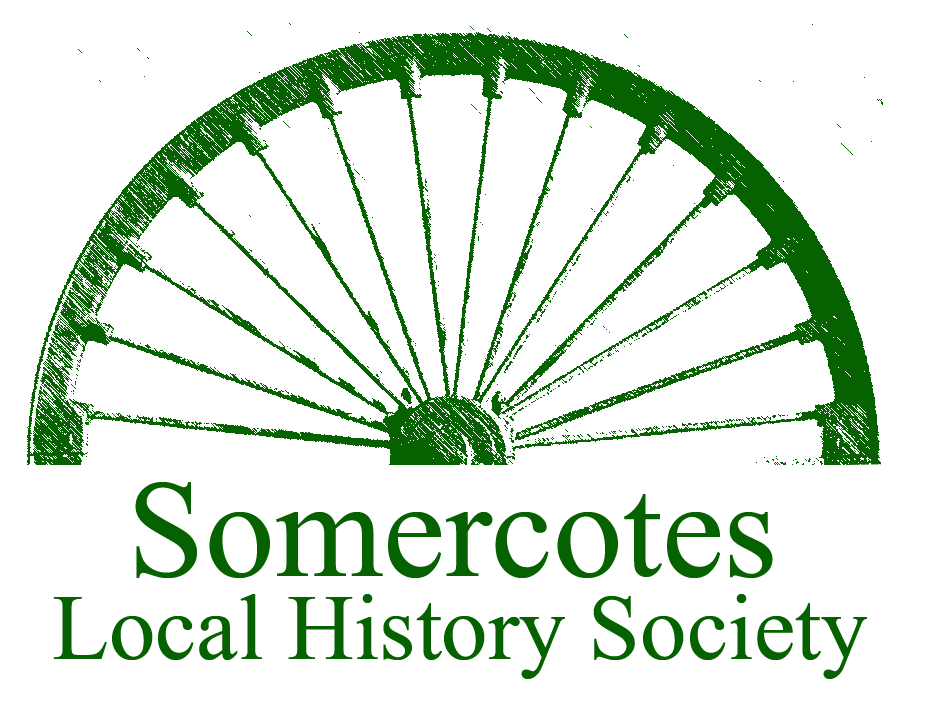






The Bettison Brothers - Somercotes Soldiers in the Boer War, 1899
by SLHS on
Thursday 29 September 2016
Two Somercotes brothers fought together during the Boer War and took part in the Battle of Modder River. They were both wounded in this battle. A letter they sent home to their parents, Mr and Mrs Bettison, was partly published in the Sheffield Independent, Thursday 28 December 1899.
|
LETTERS FROM SOLDIERS ----------------------------------------- ALFRETON MEN WOUNDED. --------------------------------------------- FIGHTING A DAY WITHOUT FOOD
Mr Bettison, Somercotes, Alfreton has received a letter from his two sons, bearing the date Wynberg, 3rd December. They say: - “I expect that you will know that we are wounded. Our wounds are not very serious, but they have sent both of us down to Cape Town, where we are getting treated like gentlemen. There is plenty to eat and drink, and everything that is necessary for us. They are sending some home; I could not say whether they will send us or not, but if they don’t we will do no more fighting. I think we have done our share this time. We were both wounded at the Modder River. It was a terrible fight and lasted for 13 hours. We lost a lot of men, but the Boers lost more. We have been in three fights, but never in one like the last … We got nothing to eat that day and we had a most uncomfortable ride down the country for 30 miles. Then we got separated, and have not seen one another since. I am in No. 1 Hospital and I think Walter is in No. 2 …. I was shot through the left elbow and Walter through the left arm”. |
THE BATTLE OF MODDER RIVER
The Battle of Modder River, fought in South Africa during the Boer War, took place on 28 November 1899. A British column under the command of Lord Methuen was attempting to lift the Boer siege of Kimberley. His forces included the Guards Brigade and the 9th Brigade, two mounted regiments and three batteries of field artillery.
As the troops came within 1,200 yards of the river, the Boers opened fire and the British troops could only lie flat on the ground as protection from the Boer guns, as there was little cover available. The battle, as described in the letter, became a day long stalemate. Despite the heat, the British had nothing to eat or drink during the day, and could not move for fear of being shot. Lord Methuen himself was wounded while trying to rally his men. Toward midday, some troops from the 9th Brigade found the open right flank of the Boers and infiltrated their lines, although the attack was disjointed. The troops were even shelled by their own artillery in error. By nightfall, the Boers had regained much of the ground lost, but fearing that they would eventually be outflanked, withdrew their forces during the cover of darkness.
Lord Methuen reported afterwards that the battle had been "one of the hardest and most trying fights in the annals of the British army". The total Boer casualties may perhaps have amounted to 150, mainly due to shell-fire. 70 British were killed and another 413 were wounded.
PHOTO: "On the fighting line with the Queen's bravest - Modder River, South Africa" (Stereoscopic card published by Underwood & Underwood, 1900)
THE BETTISON FAMILY
The Bettison family name was well known in Somercotes, and several families of that surname appear in the census returns throughout the late 19th and early 20th centuries.
Only Walter Bettison is mentioned specifically in the article. His parents were John and Mary Bettison, who, in 1881, lived on Nottingham Road, Somercotes. They had three sons, Walter, Arthur and Charlie.
Walter was born in Somercotes in 1874. He survived his experiences in South Africa and returned to England. In 1902 he married Annie Poole and by 1911 the couple were living in Heanor, Derbyshire. At the time, Walter was working as a hewer at a local colliery.
Although the article does not state which other brother wrote the letter, it is likely to have been Charlie, as Arthur married in 1897 and appears in the 1901 census, during the Boer War period.
Charlie was born in Somercotes in 1880. He married Frances Adelaide Morrow at Heanor, Derbyshire in 1908 and they settled in the town. At the time of the 1911 census, Charlie was working as hewer at a local colliery, and lived at Wellington Street.
